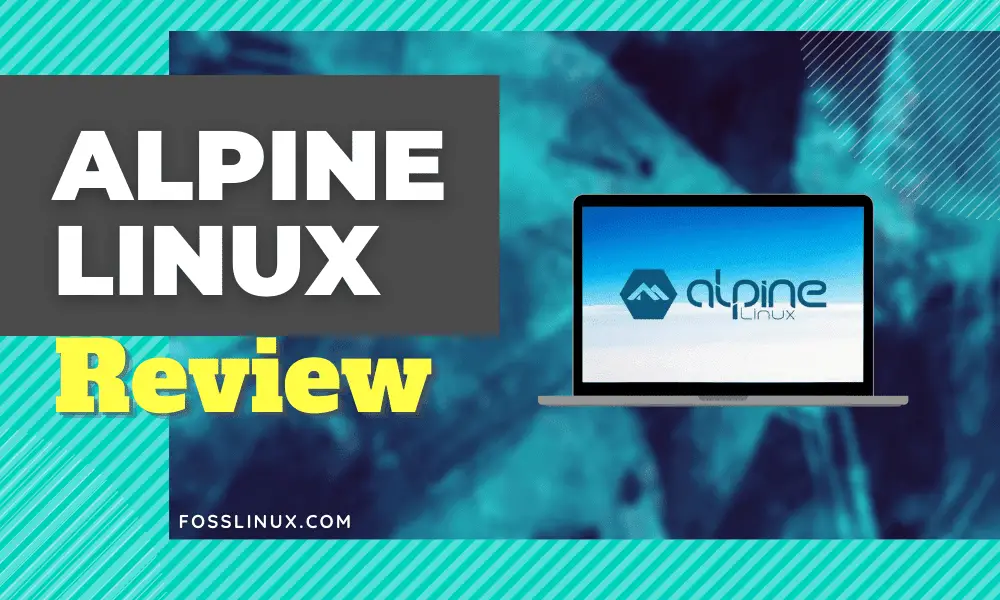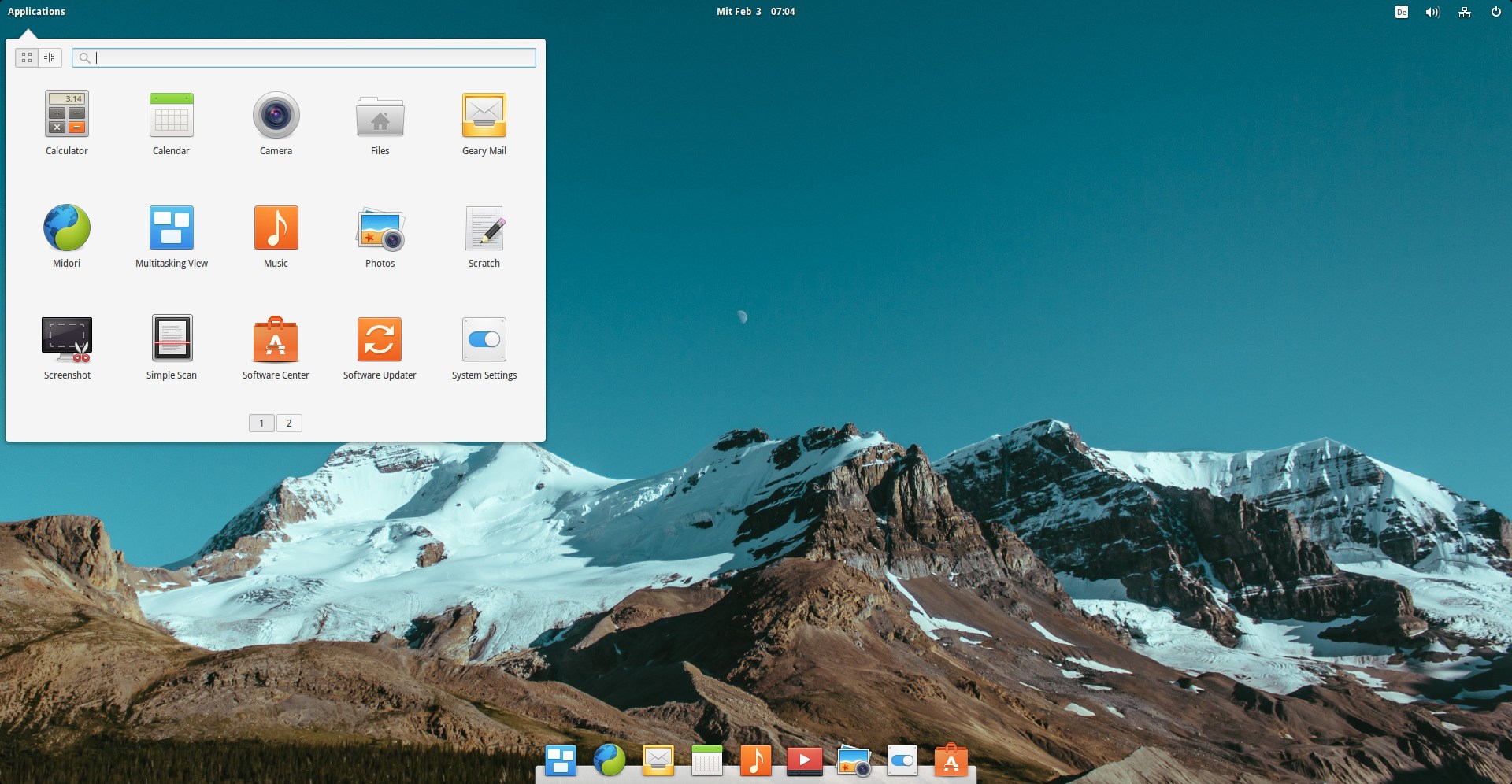Alpine Linux vs. CoreOS: The Minimalist Server OS Challenge

In the realm of server operating systems, Alpine Linux and CoreOS stand out as compelling choices for those seeking a lightweight and secure foundation for their infrastructure. Both distributions prioritize minimalism, efficiency, and security, making them ideally suited for containerized workloads, cloud deployments, and edge computing scenarios. However, despite their shared focus on minimalism, Alpine Linux and CoreOS differ in several key aspects, each catering to specific needs and use cases.

Alpine Linux

Alpine Linux is renowned for its exceptionally small footprint, weighing in at a mere 5 MB. This compact size makes it highly efficient and suitable for resource-constrained environments, such as embedded systems, IoT devices, and containers. Alpine Linux employs the musl libc, a lightweight alternative to the widely used glibc, further reducing its size and resource consumption. It features a simple init system called OpenRC and a BusyBox-based toolchain, providing a streamlined and efficient operating environment.
CoreOS
In contrast to Alpine Linux’s emphasis on size and efficiency, CoreOS prioritizes security and immutability. It utilizes a unique container-based architecture, where the operating system and applications run as separate entities within isolated containers. This design ensures that the core operating system remains untouched, mitigating the impact of vulnerabilities and reducing the attack surface. CoreOS employs a custom-built OS based on Linux from scratch and utilizes a Container Linux Config (CLC) for configuration management.
Key Differences
The primary distinction between Alpine Linux and CoreOS lies in their approach to security and updates. Alpine Linux follows a rolling release model, allowing users to apply updates as they become available. The distribution is relatively small and easy to update, facilitating timely patching and mitigating potential security risks.
CoreOS, on the other hand, adopts an immutable infrastructure approach. The operating system is immutable once deployed, and updates are applied by replacing the entire operating system image with a new version. This approach enhances security by minimizing the potential for configuration drift and reducing the likelihood of introducing vulnerabilities.
Use Cases
Alpine Linux excels in scenarios where size, efficiency, and resource optimization are paramount. Its compact footprint and minimal resource consumption make it an ideal choice for containerized applications, cloud-based workloads, and IoT devices.
CoreOS is better suited for environments that prioritize security and immutability, such as production-grade Kubernetes clusters, high-availability infrastructure, and data-sensitive applications. Its container-based architecture and immutable design provide enhanced security and stability, making it a preferred choice for mission-critical deployments.
Conclusion
Alpine Linux and CoreOS represent two distinct approaches to minimalist server operating systems, each catering to specific requirements and use cases. Alpine Linux offers unmatched size and efficiency, while CoreOS emphasizes security and immutability. By carefully evaluating the unique strengths and trade-offs of these distributions, organizations can select the optimal solution for their specific needs, ensuring a secure and efficient foundation for their IT infrastructure.## Alpine Linux vs. CoreOS: The Minimalist Server OS Challenge
Executive Summary
Alpine Linux and CoreOS are two of the most popular minimalist server operating systems on the market. While they share some similarities, they also have some key differences that make them better suited for different use cases.
This article will compare Alpine Linux and CoreOS in terms of their:
- Performance
- Security
- Features
- Reliability
- Popularity
By the end of this article, you’ll have a better understanding of the strengths and weaknesses of each operating system and be able to make an informed decision about which one is right for you.
Introduction
Minimalist server operating systems are becoming increasingly popular for a variety of reasons. They are:
-
Lightweight: Minimalist operating systems use less memory and storage space than traditional operating systems. This makes them ideal for environments where resources are constrained.
-
Secure: Minimalist operating systems have fewer components and packages than traditional operating systems. This makes them less susceptible to vulnerabilities and attacks.
-
Fast: Minimalist operating systems boot and run faster than traditional operating systems. This can improve performance for applications and services.
If you are looking for a minimalist server operating system, Alpine Linux and CoreOS are two of the best options available.
Alpine Linux
Alpine Linux is a security-oriented, lightweight Linux distribution that is designed for embedded systems and containers. It is based on the musl libc and BusyBox, which makes it very small and efficient. Alpine Linux is known for its:
-
Security: Alpine Linux is one of the most secure Linux distributions available. It has a strong focus on security and is constantly updated with the latest security patches.
-
Lightweight: Alpine Linux is very lightweight, making it ideal for embedded systems and containers.
-
Package manager: Alpine Linux has a simple and easy-to-use package manager called apk.
CoreOS
CoreOS is a lightweight Linux distribution that is designed for running containers. It is based on the Google Container Infrastructure project and is designed to be highly scalable and reliable. CoreOS is known for its:
-
Reliability: CoreOS is designed to be highly reliable. It is built on a distributed architecture and uses automatic updates to ensure that it is always running the latest version.
-
Scalability: CoreOS is designed to be highly scalable. It can be used to manage large clusters of containers.
-
Security: CoreOS is very security-conscious. It uses SELinux and AppArmor to protect containers from each other and from the host kernel.
Comparison
Alpine Linux and CoreOS are both minimalist server operating systems, but they have different strengths and weaknesses.
Alpine Linux is more security-focused, while CoreOS is more reliable and scalable. Alpine Linux is also more lightweight than CoreOS.
The following table compares the two operating systems in more detail:
| Feature | Alpine Linux | CoreOS |
|---|---|---|
| Security | Strong focus on security | Uses SELinux and AppArmor |
| Lightweight | Very lightweight | Lightweight |
| Package manager | Apk | RPM-based |
| Reliability | Less reliable | More reliable |
| Scalability | Less scalable | More scalable |
Conclusion
Alpine Linux and CoreOS are both excellent minimalist server operating systems. The best operating system for you will depend on your specific needs.
If you need a secure and lightweight operating system, Alpine Linux is a good option. If you need a reliable and scalable operating system, CoreOS is a good option.
Keyword Phrase Tags
- Alpine Linux
- CoreOS
- Minimalist server operating systems
- Lightweight
- Secure
- Reliable

This was a very informative article. I learned a lot about Alpine Linux and CoreOS. I’m not sure which one I would choose for my next server, but I’m glad I have more information to help me make a decision.
I’m not sure I believe everything in this article. I’ve used Alpine Linux before, and I didn’t find it to be as lightweight and fast as the article claims.
I think the author of this article did a great job of explaining the differences between Alpine Linux and CoreOS. I’ve used both of these operating systems, and I agree with the author’s assessment of their strengths and weaknesses.
I disagree with the author’s conclusion that Alpine Linux is the better choice for most users. I think CoreOS is a more stable and secure operating system.
I love how the author says that Alpine Linux is ‘lightweight’ when it’s actually one of the heaviest Linux distributions.
Wow, this article is so insightful. I never would have guessed that Alpine Linux is good for running containers, or that CoreOS is good for running virtual machines.
I like how the author compares Alpine Linux to a race car and CoreOS to a tank. It’s a very vivid and entertaining way to explain the differences between the two operating systems.
This article was okay. I learned a little bit about Alpine Linux and CoreOS, but I still don’t know which one I would choose for my next server.